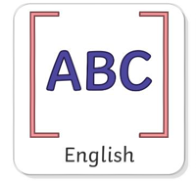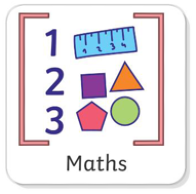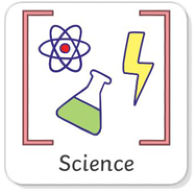Wednesday 8th October 2025
Grammar Warm Up
LC: to identify adverbials in a paragraph
Look at the paragraph below.
Can you identify the adverbials of place that have been used to link ideas across the paragraph?
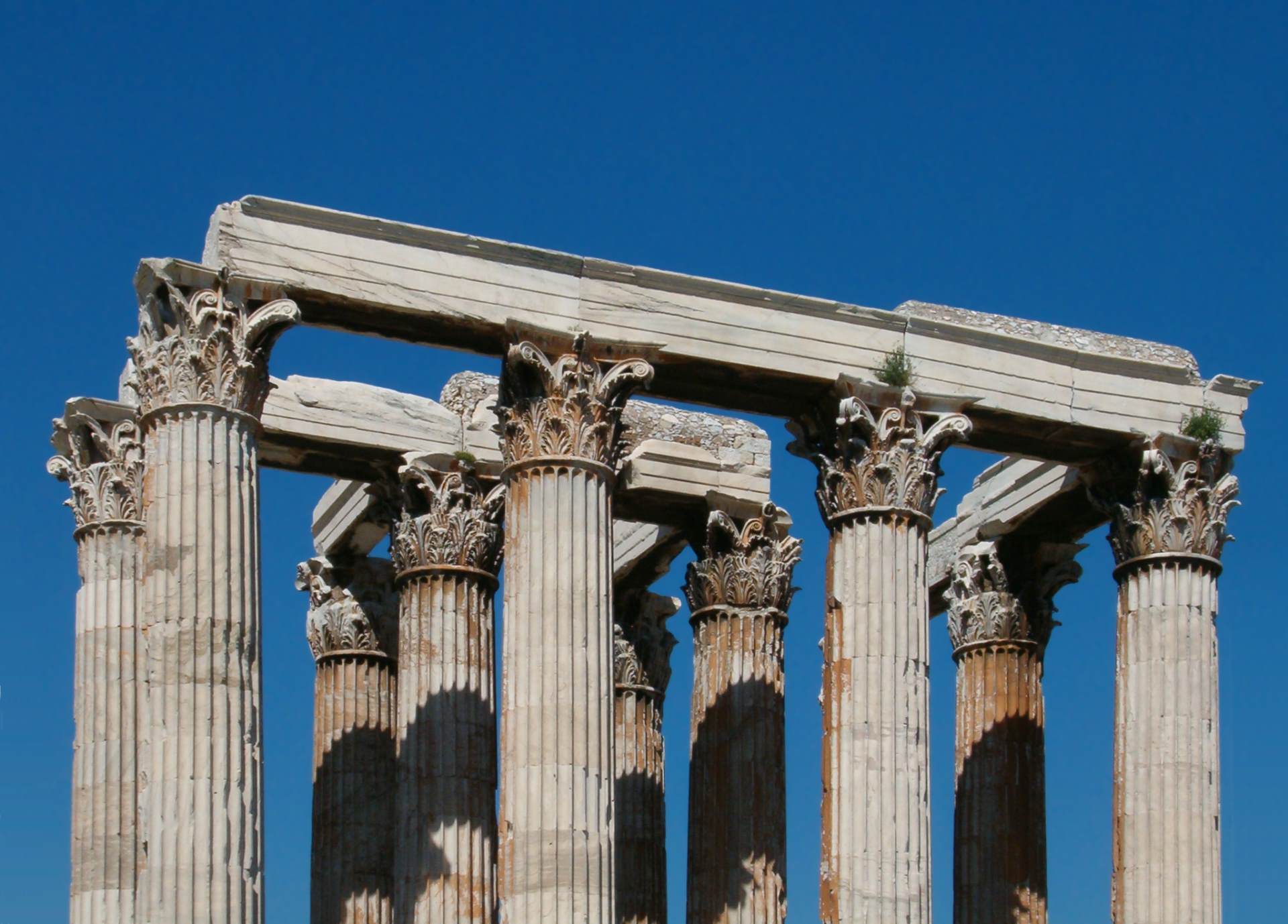
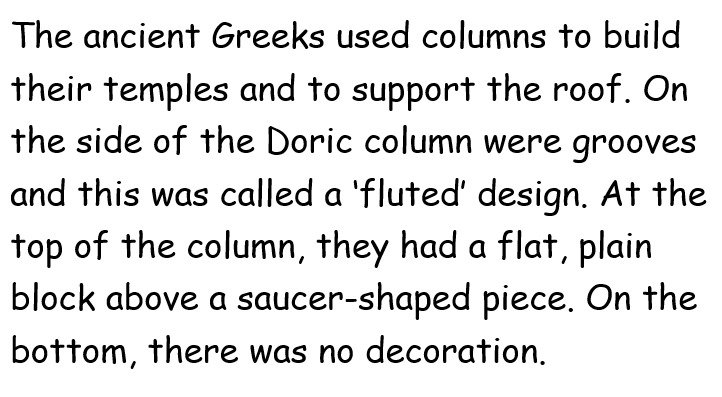
Highlight the adverbials of place.
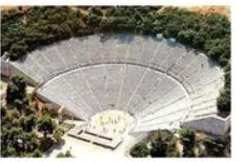
Write one sentence on your whiteboard to describe the theatre above using an adverbial of place.
For example:
Around the side of the stage were the seats.
At the top
In the middle
Around the sides
LC: to use note-taking, skimming and scanning skills to record information from a text
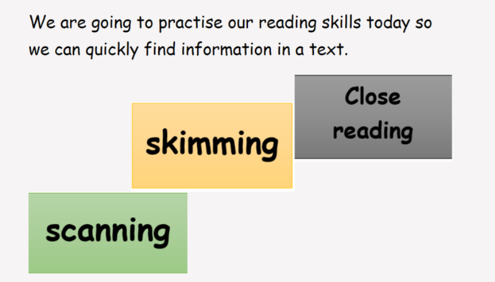
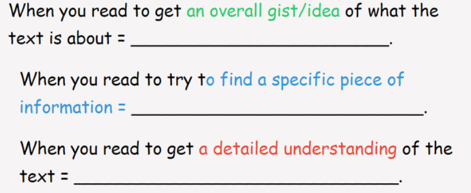
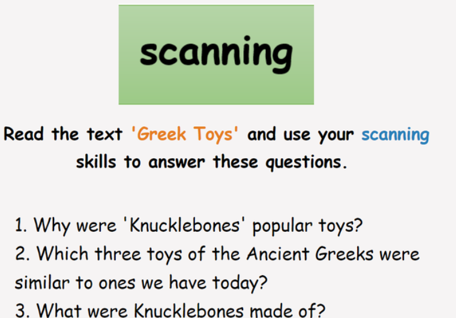
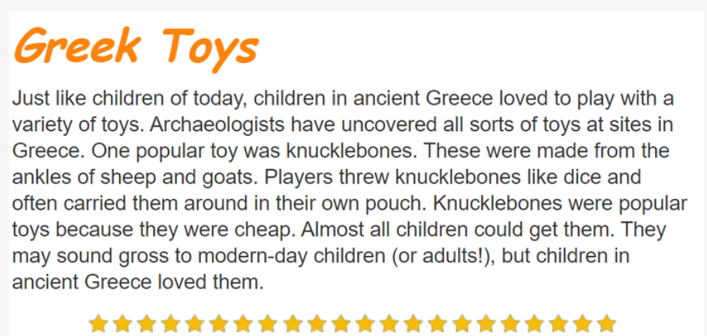

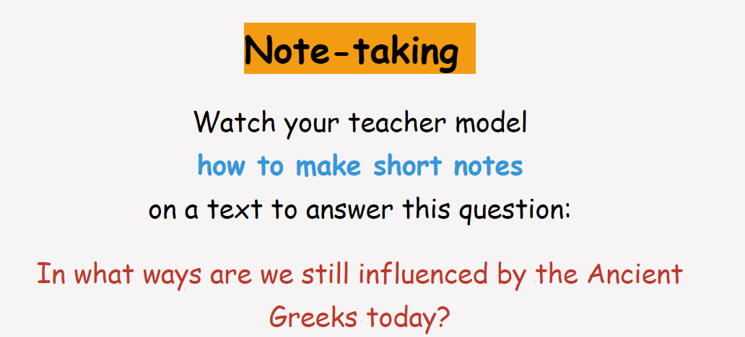
Ancient Greece was one of the most sophisticated civilisations in the ancient world. When we talk about ancient Greece, we usually mean the years between 800BC and 146BC when there was a lot of scientific, cultural and social progress.
Ancient Greece is often called 'The birthplace of Western Civilisation' because we still follow a lot of its philosophy, architecture and culture today. Ancient Greek literature and poetry is still popular today; school children worldwide still study the vast range of Greek myths which feature mythical monsters, heroes and Greek Gods. The Olympic Games, which began in 776BC as a religious festival to honour Zeus, took place every 4 years for over 1000 years! Today, it is a globally celebrated ceremony that is watched by millions of people all over the world.
Note-taking to answer a question
- read question carefully and underline key words
- include only relevant points in your notes that are relevant to your question
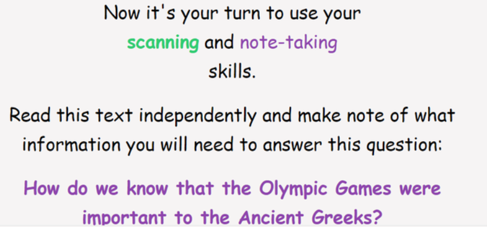
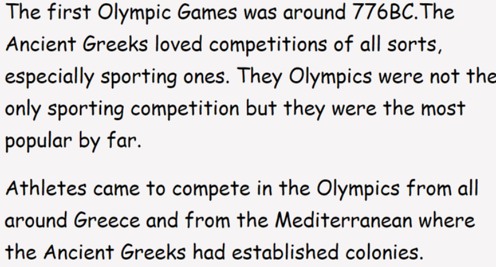
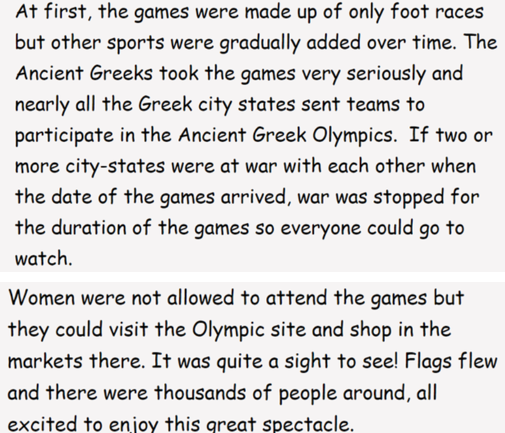
Remember to follow your teacher's model!
8/10/25
LC: To use addition and subtraction to solve comparison problems with numbers to 1 000 000.
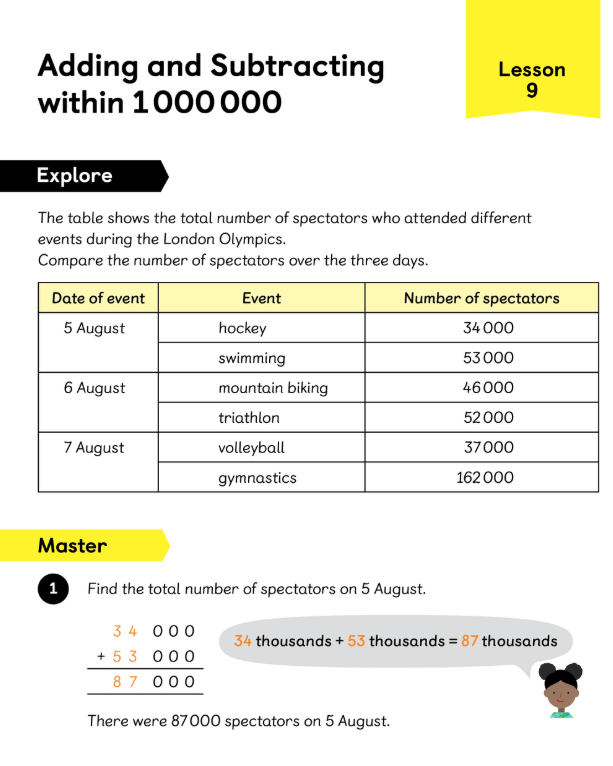
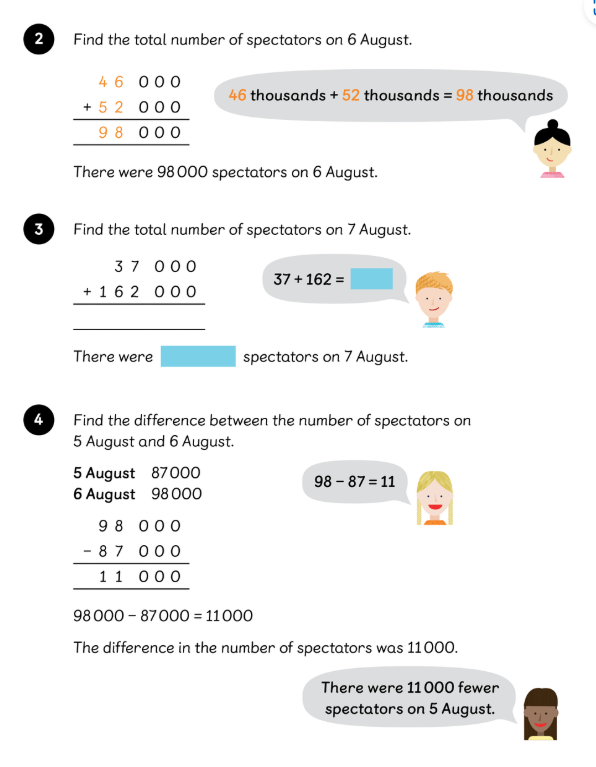
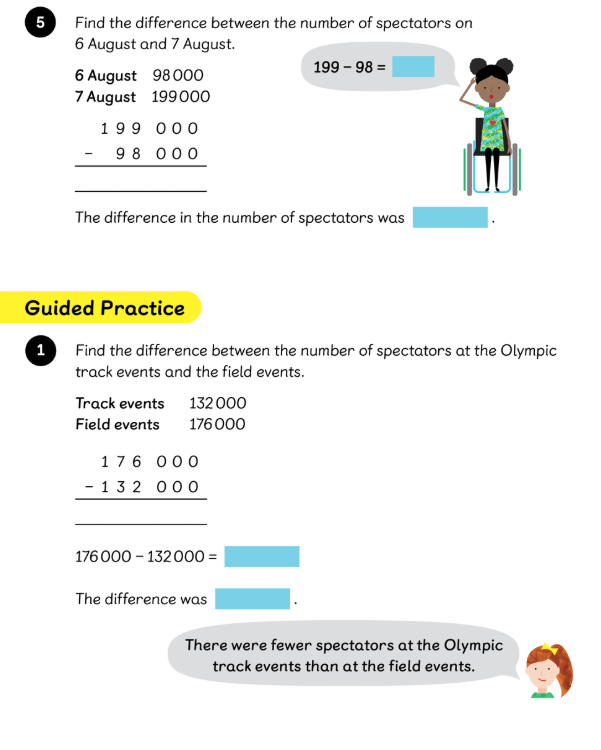
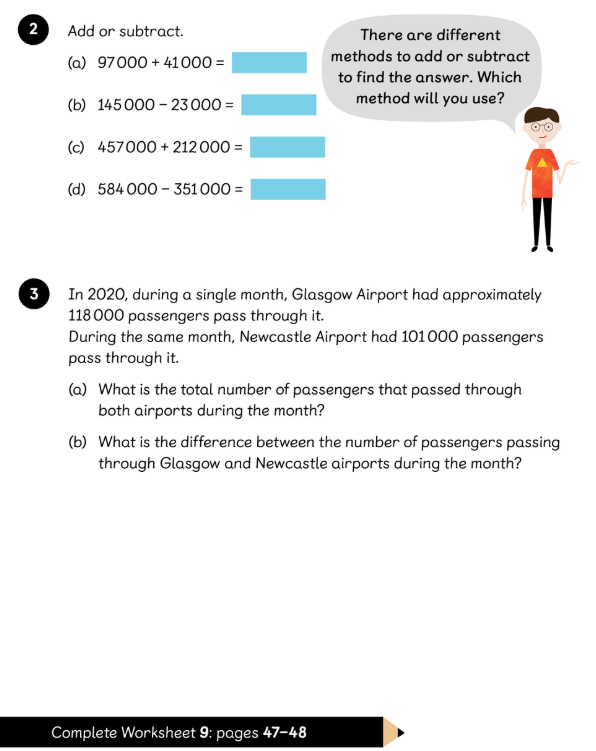
Wednesday 8th October 2025
LC: Create 3D shapes (cone, sphere, cube) of equal mass to prepare for the upcoming water resistance experiment.
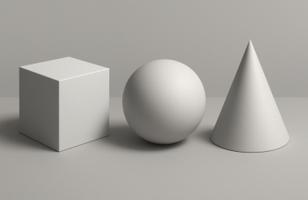
Task
Today we are going to make three different 3D shapes out of modelling clay: a cone, a sphere, and a cube.
We will make sure each shape is the same weight, so they are fair to compare in our next science lesson.
Why are we doing this?
Next lesson, we will be testing how these shapes move through water to answer the question:
👉 Does the shape of an object affect water resistance?
By making the shapes the same weight, we make our test fair. That way, the only thing that is different is the shape. This helps us find out whether it is really the shape that changes how an object moves through water, and whether the shape makes a difference to the water resistance it experiences.
Steps:
1. Weighing the clay:
Each group measures out three equal amounts of clay (e.g., 50g each). This ensures all shapes are the same weight.
2. Moulding the shapes:
- Sphere: roll into a smooth ball.
- Cube: press into a block, flatten sides, use ruler/knife to sharpen edges.
- Cone: roll into a ball, then taper one end into a point while keeping the base flat.
3. Label & store:
Place shapes on trays/paper with names for next lesson.




